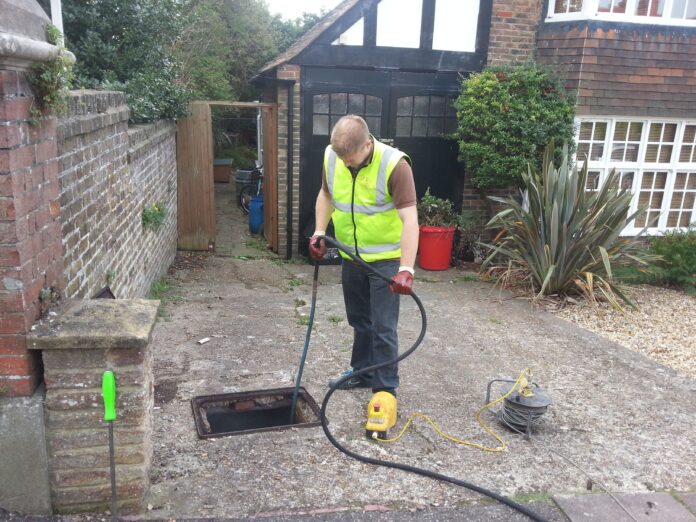Proper drainage systems are vital for maintaining the structural integrity and safety of our homes and properties. Yet, emergencies can arise when drainage systems fail, leading to flooding, property damage, and health hazards. This blog will delve into the critical aspects of emergency drainage, including common causes, immediate steps to take, and long-term solutions.
Common Causes of Drainage Emergencies
Heavy Rainfall and Storms
One of the most frequent causes of drainage emergencies is heavy rainfall or storms. When precipitation exceeds the capacity of drainage systems, it can lead to rapid flooding. This can overwhelm both natural and artificial drainage systems, causing water to back up into homes and streets.
Blocked Drains and Sewers
Blockages in drains and sewers are another common cause. These blockages can be due to debris, grease build-up, tree roots, or other foreign objects that obstruct the flow of water. Over time, these blockages can cause significant backups, leading to potential flooding and water damage.
Structural Failures
Drainage systems, like any infrastructure, can suffer from wear and tear. Cracked pipes, collapsed drains, or improperly installed systems can fail suddenly, resulting in an emergency. Regular maintenance can help prevent such occurrences, but unexpected failures can still happen.
Poor Landscaping
Improper landscaping can contribute to drainage problems. For instance, having slopes that direct water toward the house instead of away from it can cause water to accumulate around the foundation, leading to potential flooding and structural damage.
Immediate Steps to Take During a Drainage Emergency
1. Identify the Source of the Problem
The first step in handling a drainage emergency is to identify the source. This could be a blocked drain, an overflowing gutter, or a more significant structural failure. Understanding the cause will help in taking the appropriate immediate action.
2. Shut Off Water Supply
If the emergency involves internal plumbing, such as a burst pipe, shutting off the water supply can help prevent further damage. Locate your home’s main water valve and turn it off to stop the flow of water.
3. Clear Blockages if Possible
For minor blockages, using a plunger or a drain snake can sometimes clear the obstruction. However, be cautious not to damage the pipes further or push the blockage deeper.
4. Contact Professional Help
In most cases, it’s advisable to contact a professional plumber or drainage expert. They have the tools and expertise to handle complex drainage issues safely and effectively. For severe flooding, contacting emergency services may also be necessary.
Long-Term Solutions for Preventing Drainage Emergencies
Regular Maintenance
Regular inspection and maintenance of your drainage systems can prevent many emergencies. This includes clearing gutters, inspecting pipes, and checking for signs of wear and tear. Professional inspections can identify potential problems before they become critical.
Upgrade Drainage Systems
Older drainage systems may not be equipped to handle modern demands or severe weather conditions. Upgrading your drainage infrastructure, such as installing larger pipes or additional drainage channels, can significantly reduce the risk of emergencies.
Implementing Proper Landscaping
Ensure that your landscaping directs water away from your home. This may involve regrading your yard, installing French drains, or using other landscaping techniques to manage water flow effectively.
Install Sump Pumps
In areas prone to flooding, installing a sump pump can be a wise investment. Sump pumps can help remove excess water from basements and other low-lying areas, preventing flood damage.
Educate and Prepare
Finally, educate yourself and your family about emergency procedures related to drainage problems. Having a plan in place and knowing who to contact can make a significant difference in how effectively you respond to an emergency.
Conclusion
Emergency drainage issues can be stressful and damaging, but understanding the causes and knowing how to respond can mitigate much of the risk. Regular maintenance, proper infrastructure, and immediate action during emergencies are key to protecting your property and ensuring safety. By staying informed and prepared, you can effectively manage and prevent drainage emergencies.
